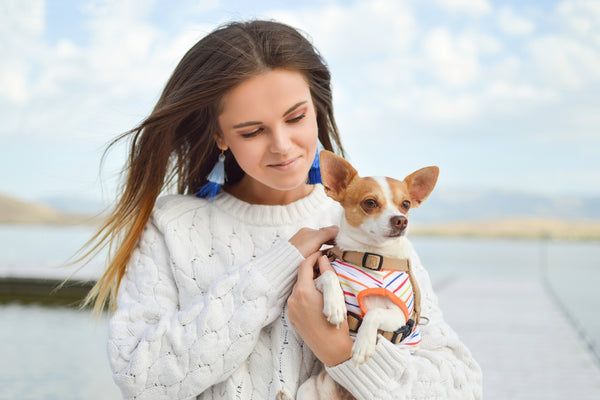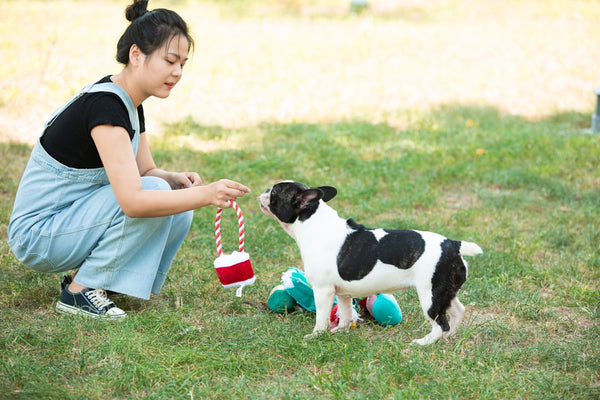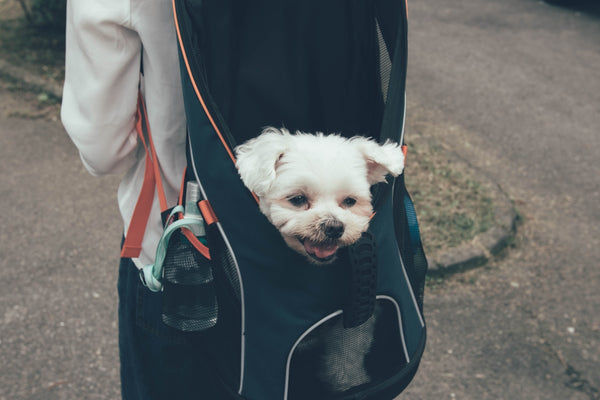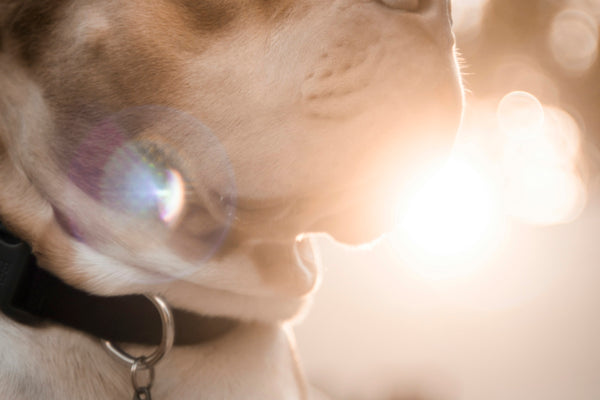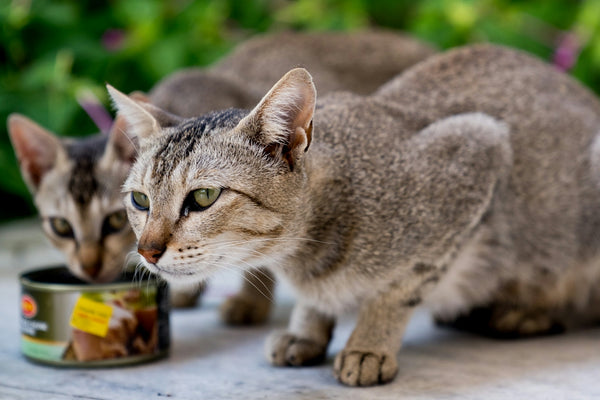As pet owners, we constantly strive to ensure our furry friends receive the best nutrition possible. A healthy diet is key to their overall well-being, which is why the choice between dry and wet food can often be a tricky decision. In this post, we'll explore the benefits of each type of food and offer some tips on how to find the perfect balance for your pet.
Benefits of Dry Food
Dry food, commonly known as kibble, is a staple in many pet households. One of the key advantages of dry food is its convenience. It is easy to store, has a longer shelf life, and is generally more cost-effective than wet food. Moreover, kibble helps in maintaining dental health by reducing tartar buildup through the chewing process.
To make feeding even more convenient, consider using the Smart Automatic Cat and Dog Feeder with Wi-Fi Connectivity and App Control. This feeder allows you to schedule meals remotely, ensuring your pet gets their required kibble portion on time, even when you're away.
Benefits of Wet Food
Wet food, on the other hand, contains a higher moisture content, which is beneficial for hydration and can be appealing to pets with a more selective palate. It can also be easier for pets with dental issues to consume, due to its softer texture.
For those focusing on hydration, having the PetHydrate Automatic Cat Bowl & Water Fountain can offer your pet fresh and flowing water throughout the day, complementing the moisture intake from wet food.
Finding the Right Balance
While both dry and wet foods have their benefits, many pet owners find that a combination of both works best. This balance can depend on a variety of factors, including your pet's age, dietary needs, and personal preferences.
Tips for Combining Dry and Wet Food
- Assess Nutritional Needs: Pets with specific health concerns might require one type of food more than the other. It's always best to consult with your veterinarian for tailored advice.
- Start Slowly: If you're transitioning your pet to a mixed diet, begin by introducing wet food gradually to avoid digestive upsets.
- Monitor Portion Sizes: Keep track of your pet's calorie intake to prevent overfeeding. Using a portion control tool or feeder can help you maintain the correct balance.
For serving meals while keeping your feeding area neat, the Paw & Patch Nautical Blue Small Ceramic Pet Bowl for Dogs and Cats is an excellent choice. Its non-slip base ensures food stays where it belongs, minimizing spills and mess.
In conclusion, finding the right mix of dry and wet food involves understanding the unique needs of your pet and considering factors such as convenience and dietary requirements. With a bit of experimentation and guidance, you can ensure your pet enjoys a well-rounded diet that promotes their health and happiness.
For more insights into pet care and feeding, visit My Pet Collective.



